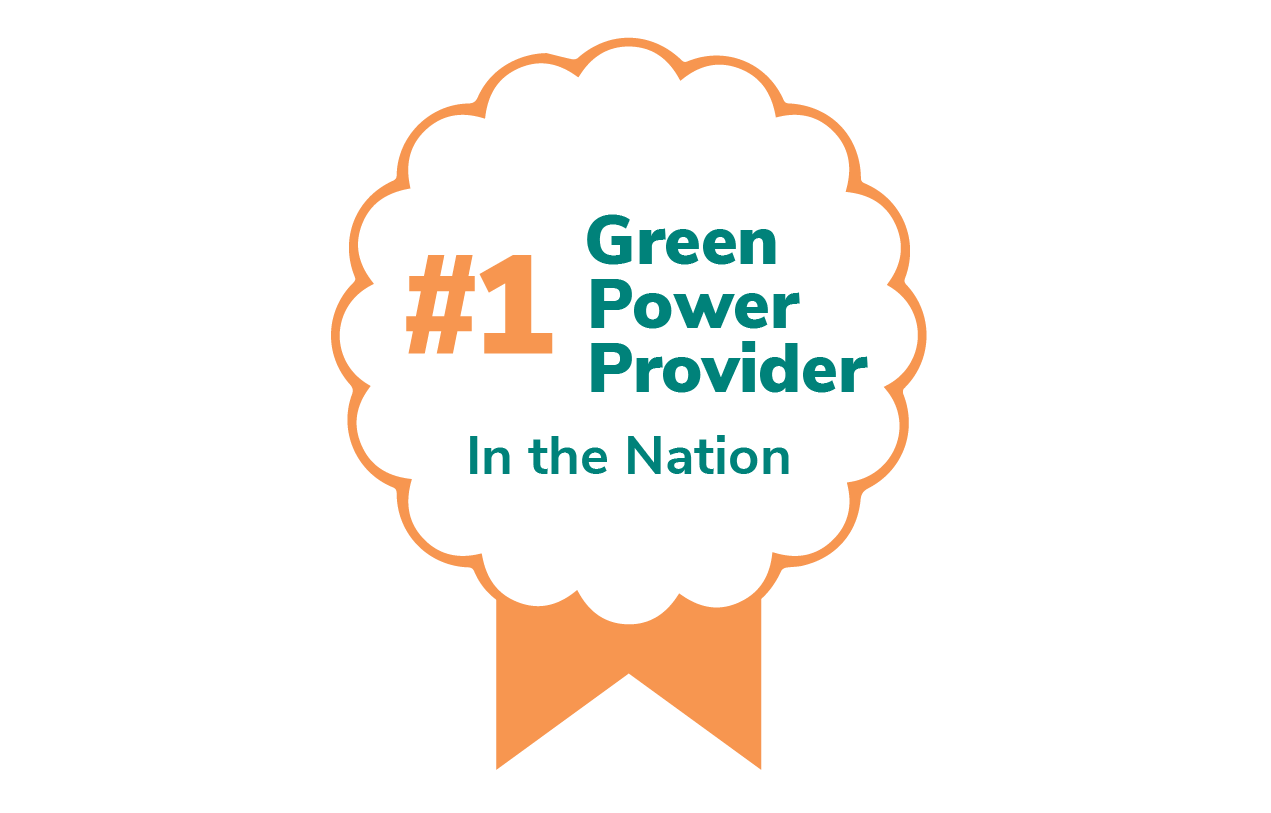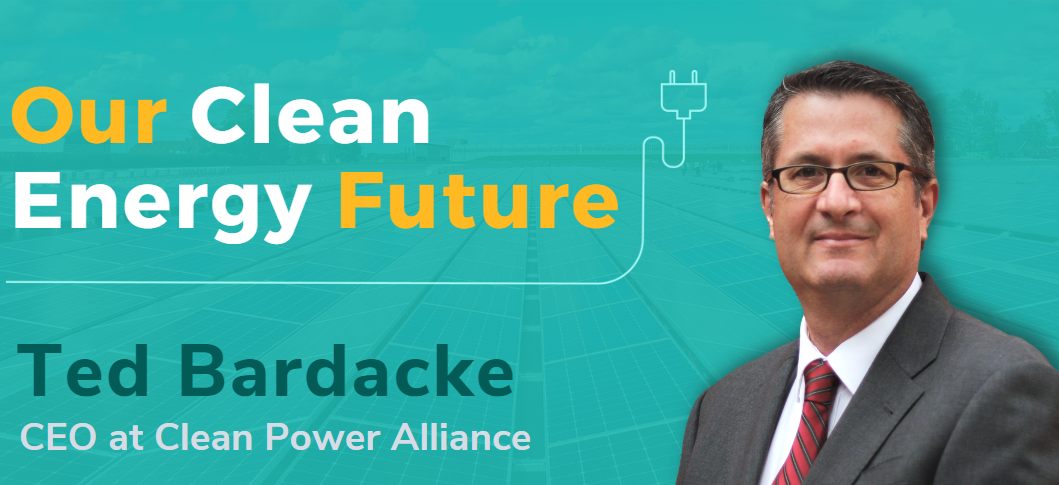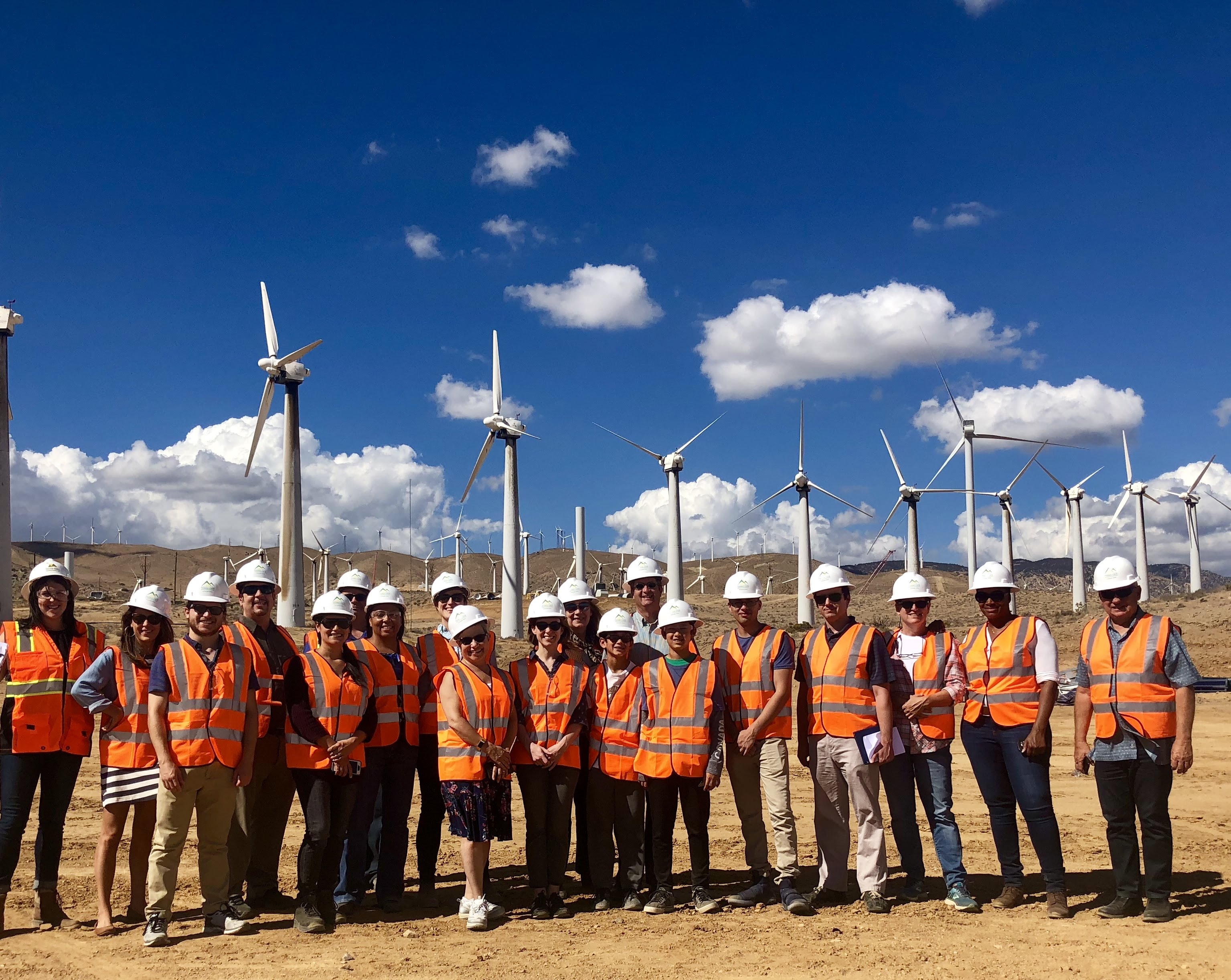Two hundred. That’s how many days so far this year California has been powered by 100% clean energy at some point in the day.
But while California continues to make strides in its clean energy transition, consumers are stuck paying for the impacts of climate change and outdated business and organizational models that underpin our electricity system. Since 2019, rates paid by customers of Investor Owned Utilities (IOUs) have increased by at least 50%, with the vast majority of the increase related to investments in the lines and wires that make up our electricity grid, not the actual electrons that flow through that grid.
Thankfully, last month the California legislature and governor took some initial – though still incomplete – steps towards reducing these costs. This package of measures won’t do much to immediately reduce electricity bills, but they have the potential to significantly slow their rise over time.
The first part of the package is SB 254 – and it is dizzyingly complex. However, it crossed the threshold on two important things. For the first time in memory, California has put a cap on how much the IOUs can profit from investments in wildfire prevention; there will be no rate of return allowed on the first $6 billion of those investments. And second, there is now clear legislative direction, along with funding to back it up, for the public sector to get involved in financing many of the transmission upgrades our grid needs to both enhance safety and accommodate the new clean energy resources we need to meet rising electricity demand.
These threshold matters come with a cost. Electricity customers will have to pay $9 billion between 2035 and 2044 to back up the solvency of the IOUs with financial protection against runaway wildfire damage claims, matched by another $9 billion from IOU shareholders. If the give in this legislative deal can outweigh the take – and multiple financing partners, potentially including CPA, will need to be in the mix to realize the 25%-50% possible cost savings on transmission investments – then this deal will be a big net benefit to Californians in the future.
The second part of the package is AB 825, the Pathways Initiative that establishes a governing mechanism for an electricity market that would cover much of the western United States. The go-it-alone market strategy California has pursued over the past couple of decades has paid off – we’ve seen lots of renewable energy development in California, and the lights have (mostly) stayed on.
However, the state-specific market model has played itself out. Being able to access the lowest cost renewable energy at the right time of the day or season across the west could save customers hundreds of millions of dollars a year while also enhancing reliability. Like SB 254, there is still a lot to be done to stitch together a fragmented western energy market, but at least the first crucial and necessary step has been made.
The third major part of the package is the reauthorization of California’s landmark “cap-and-trade” greenhouse gas reduction program. Now branded “cap-and-invest”, the reauthorization extends the state’s most cost-effective mechanism for driving down economy-wide greenhouse gas emissions out to 2045. In addition to providing a stable platform for potential regional cooperation with other states (already the Canadian province of Quebec is part of the program), cap-and-invest will now continue to provide funding for locally-based low-carbon development projects.
Tucked away in this reauthorization is something CPA advocated for, and perhaps the only part of the package that could reduce electricity bills in the near term. The amount of money for the bi-annual climate credit that appears on customers’ electricity bills could go up, and the distribution of that credit will now take place during months of high electricity usage, when customers need savings most. Like most of the things in this legislative package, it’s a good first step for consumers weary of rising bills.




